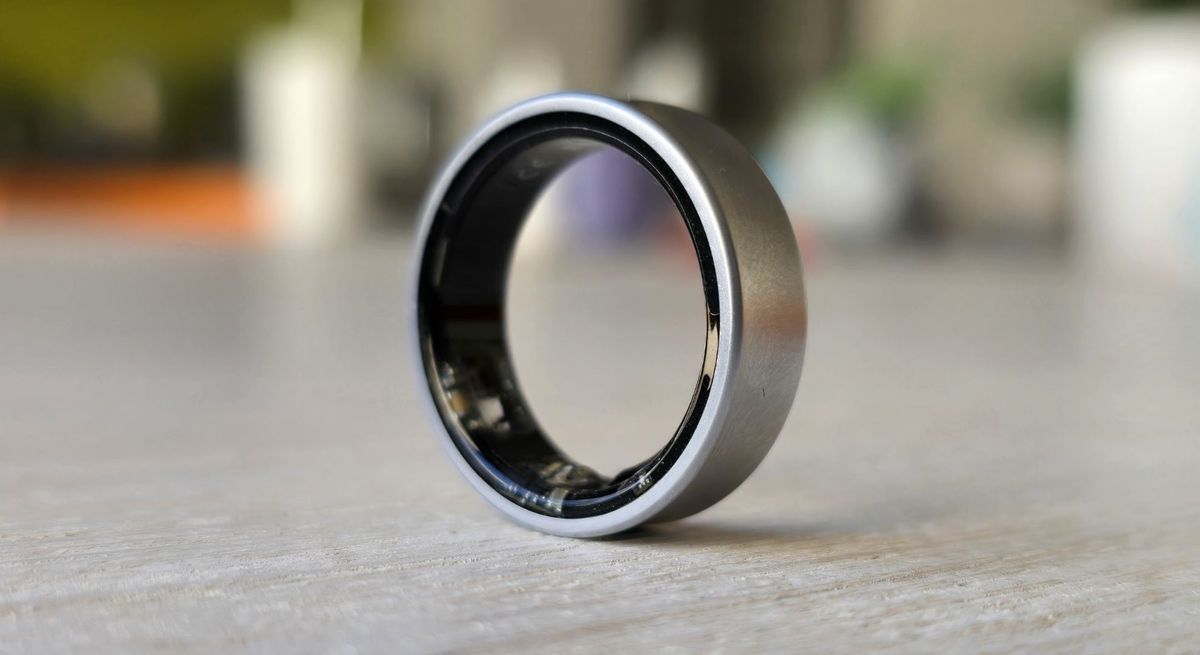GM was the first major US automaker to make the promise to go all-electric by 2035, just four years ago. Those promises have since turned into rough estimates under the second Donald Trump presidency, with the company softening language about its electrification goals. But GM is riding high on EV sales, and as CEO Mary Barra puts it, EVs are still the future — just on a delayed (and very flexible) timeline.
“We still believe in an all-electric future,” Barra told The Verge in an exclusive interview at the Le Mans race in France. “The regulations were getting in front of where the consumer demand was, largely because of charging infrastructure, which hasn’t happened as fast as anybody expected.” She continued, “We do believe in an all-EV future, but the customer is going to guide us there.”
GM is no stranger to political and financial headwinds, but this time is different. Although the company successfully navigated the massive auto bailouts in 2008, Barra faces new challenges due to shifting tariff policies, the elimination of pro-EV incentives thanks to Trump’s Big Beautiful Bill, a shifting global economic picture, and a mercurial president who’s not afraid to single out companies that don’t kiss the ring.
GM has been quietly scaling back its ambitious EV plans in response to these pressures, even as the company has seen growing profits from EV sales.
GM recently became the number two seller of EVs in the world, surpassing Ford, and closing the gap with Tesla amid that company’s spectacular fall from grace. Chevrolet became the fastest-growing US EV brand in the first quarter of 2025.
If Tesla continues on its downward spiral, it’s entirely possible that GM could soon become number one. Last week, during GM’s earnings, the company announced that it had increased EV sales by more than 111 percent, selling nearly 50,000 vehicles in the first quarter. It stands to reason that the elimination of the EV tax credit could throw a wrench in that progress.
If Tesla continues on its downward spiral, it’s entirely possible that GM could soon become number one
“Some of the changes we just announced give us an opportunity to grow share, because there are vehicles we can’t build enough of right now,” Barra said. “So that’s the company strategy as we move forward from the ups and downs of tariffs.”
The $4 billion investment certainly buys them some time, she said. “I feel really good about what we’re doing because I think it’s balanced, but we’re addressing what the customer looks for, while we’re increasing our ability to live in this tariff world broadly.” She noted that she’s asked the administration for “clarity and consistency” on these matters.
Trump also recently gutted the California regulations that would have banned the sale of gasoline-powered cars by 2035 in the state. GM and other automakers have been lobbying to kill California’s regulations for years.
In response to the news, Barra said that when she looked at the marketplace data, it was the right move. She said that she believed that the EV market was “going to be a mess for the consumer,” and for dealers, arguing that it was going to be “so bad that people are going to start shopping by state to get the vehicle they want.”
“If you look at what the 2026 model year regulatory requirements are, it’s way ahead of where the consumer is. So we’d hope there was a change there,” Barra said, noting that she’d like to see a national standard for EV adoption rather than the state-by-state version we currently have.
While it’s a pragmatic hedge, it does mark a retreat from the lofty electrification promises of GM in previous years.
Barra is trying to steer the massive GM ship through these tumultuous waters by bringing its luxury brand, Cadillac, back to global prominence — particularly in the form of its upcoming participation in Formula 1 starting in 2026.
Cadillac will be the first new team to enter F1 since 2016. “We think, with all the investments we’ve made in Cadillac, it’s time to take our place and hopefully compete well on both stages,” Barra said, referring to the endurance racing circuit like the 24-hour Le Mans race, where we met, and F1.
Barra said that GM is aiming to raise the luxury automaker back to its old moniker as the Standard of the World. “We’ve made the investment over the last decade now to truly have Cadillac be that standard,” Barra said. “This is the ultimate race from an endurance perspective, and that’s so important to every consumer. What we learn here from many aspects, we can put right into the production vehicle. So we think it’s a perfect stage where Cadillac can truly gain a place in the top luxury brands globally.”
Racing has seen a huge uptick in attendance and fandom over the last few years, thanks in large part to Netflix’s Formula 1: Drive to Survive, the popular show that goes behind the scenes (and the drama) in F1. The phenomenon is referred to by race drivers and marketers alike as the “Netflix effect.” Oliver Gavin, a five-time Le Mans 24-hour winner and race commentator, noted that all types of racing have seen a lift, and it all translates to marketing and earning gold for automotive brands.
Cadillac is trying to cash in on that gold, at the same time that it’s attempting to reestablish itself in markets where it has little consumer recognition — in places like France, where the company opened its first showroom in Paris, located directly across the street from L’Opéra Garnier, not far from the Louvre and Jardin des Tuileries.
France is GM’s largest EV market in Europe, according to the company; however, it remains relatively small, and Cadillac has limited EV brand recognition there. In 2024, GM sold just 2000 EVs in all of Europe. While Cadillac’s EVs, such as the Lyriq, are turning heads there, GM is facing backlash from climate groups over its investments in ICE vehicles in the United States, which some critics say run counter to the climate goals the company champions abroad.
Beyond the uncertain business environment, Trump’s attacks on diversity, equity, and inclusion (DEI) have also hindered hiring at American businesses like GM.
Under a president who isn’t afraid to publicly berate executives like Barra or exact revenge with executive orders and sanctions, CEOs and leaders alike have had to tread carefully. Barra herself is no stranger to Trump’s ire. In 2018, when GM closed five plants in Ohio and Michigan and laid off around 15,000 workers, Trump took to social media and called Barra “nasty.” Barra has said publicly that GM could have been better positioned during the first Trump administration, and she appears to be taking lessons from her first experience with the president, while continuing to support STEM education and an inclusive workforce.
“General Motors is a federal contractor, so we’re going to always comply with all the laws,” Barra said, but she takes a much more personal approach when it comes to navigating the issue inside of GM.
“How many times have you been at work and you felt like you weren’t valued or included? And I raise my hand, and then [employees] start raising their hands,” she said. “We don’t have to agree on everything. We can make sure the work people do is respected, their voice is heard, and they’re treated like part of the team.”
“We don’t have to agree on everything. We can make sure the work people do is respected, their voice is heard, and they’re treated like part of the team.”
Barra said she’s scared by the idea of communication breaking down. “That doesn’t make sense to me,” she said. “We want every single person to feel that they’re valued and the work they do matters, because I think that’s going to make them want to not only come to GM, but stay.”
Against these headwinds, Barra appears confident in staying the course with GM and Cadillac, especially as the brand steps onto the global stage with F1 next year. The race at Le Mans, where two of Cadillac’s teams finished fourth and seventh, is just the first step for the company back onto the global stage.
“You know, we have a brand people know, people trust. I think that matters a lot more than maybe what’s happening from a political perspective, or the many different things that are happening in the country right now,” Barra said. “So we think it’s a perfect stage, with where Cadillac is now, to truly gain a place in the top luxury brands globally.”
For GM, its luxury brand Cadillac, and personally for Barra, the stakes are much higher than just another pole position on the grid. Cadillac’s reentry into racing isn’t just about winning; it’s about proving that an American luxury brand can compete with viable (and variable) consumer products and technology, globally, while its leadership navigates an increasingly hostile domestic political and business environment.
.png)
 6 hours ago
1
6 hours ago
1













 English (US) ·
English (US) ·